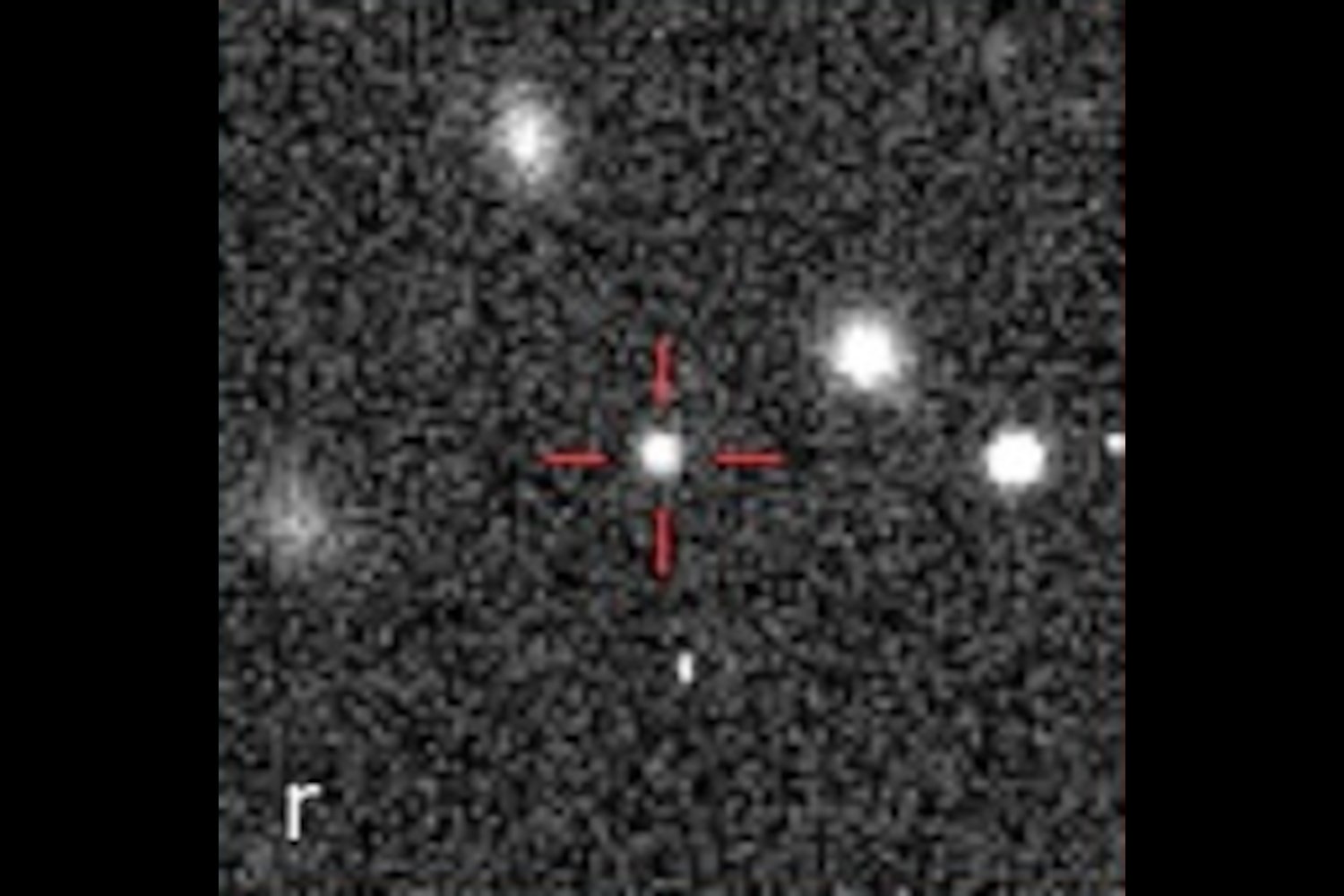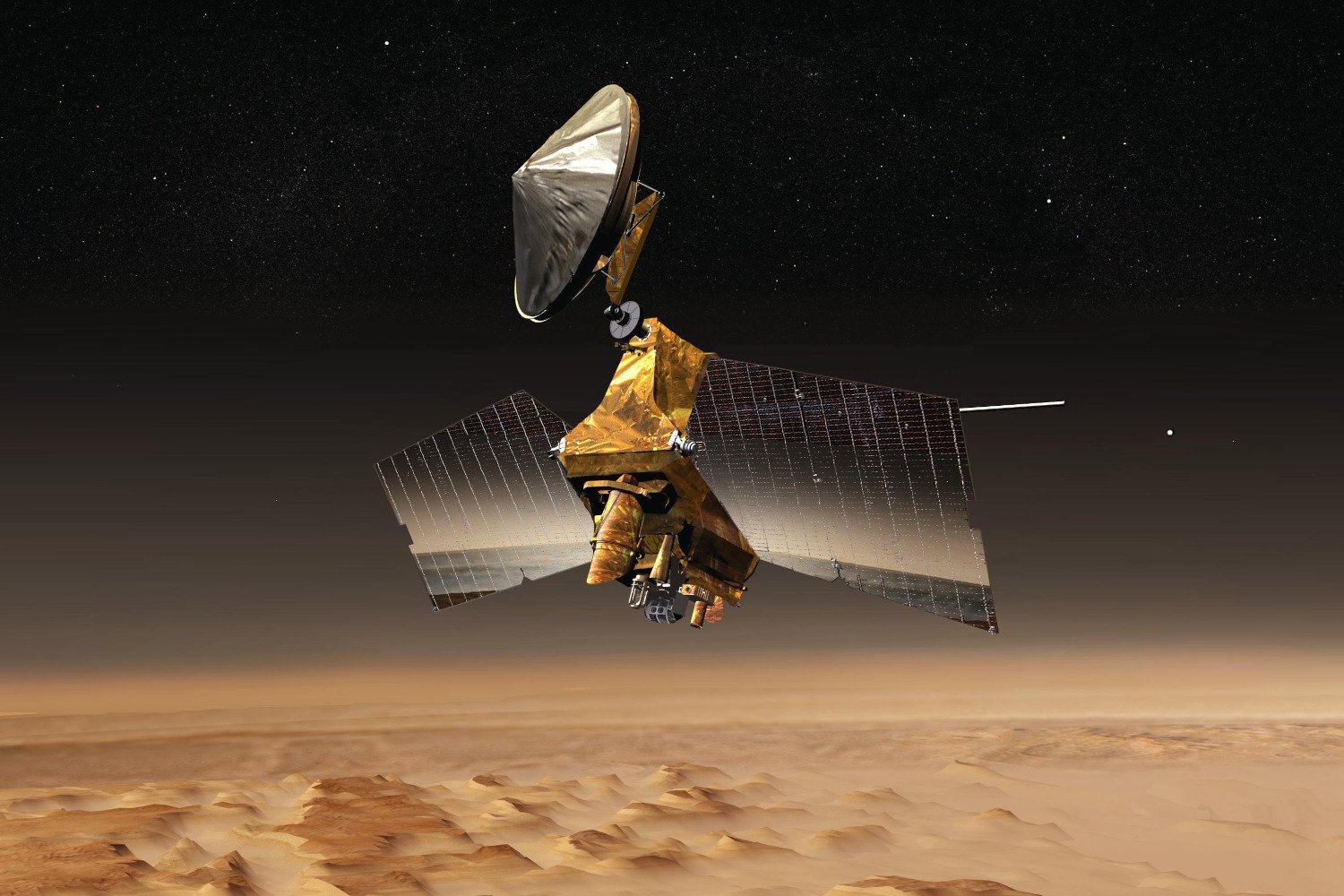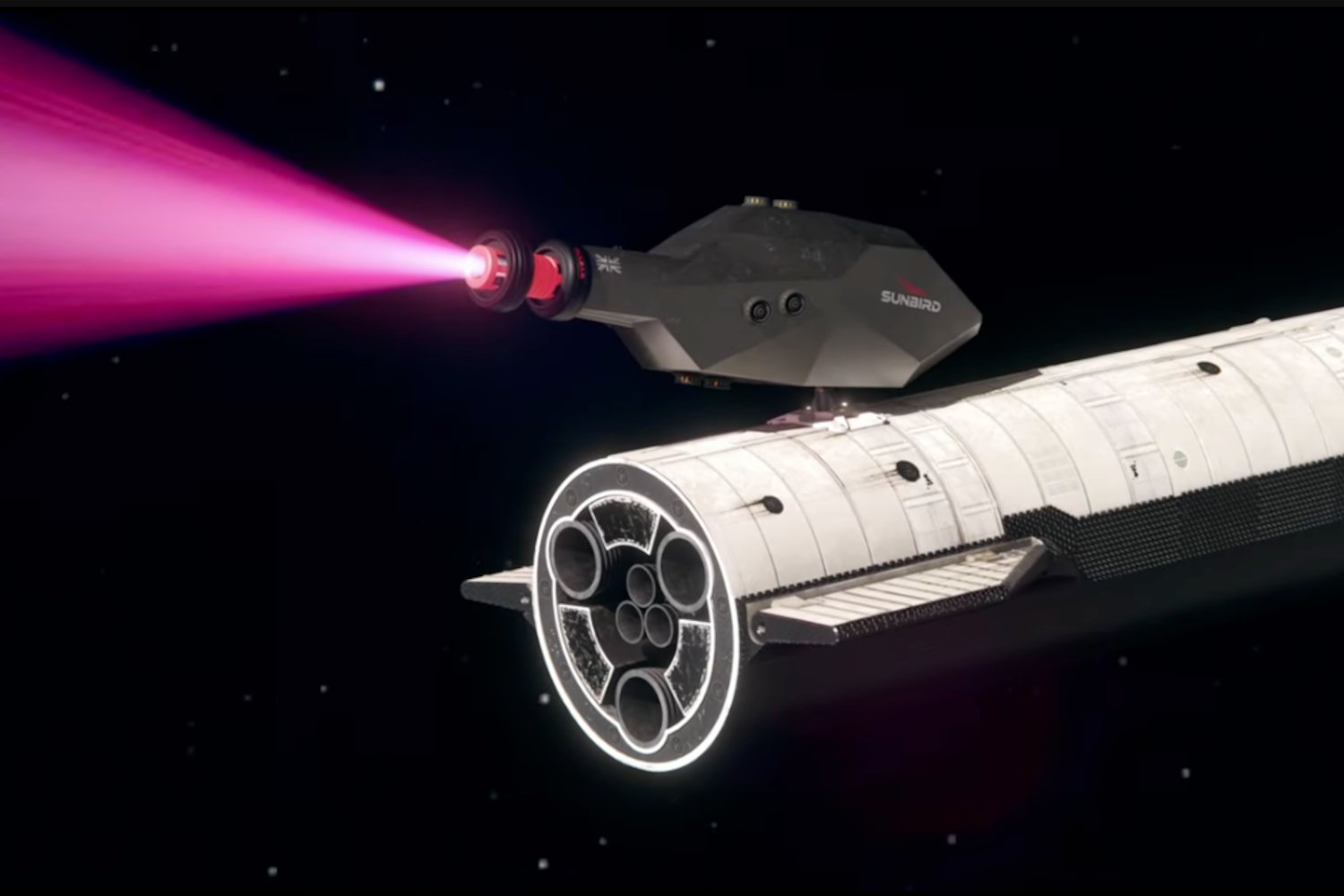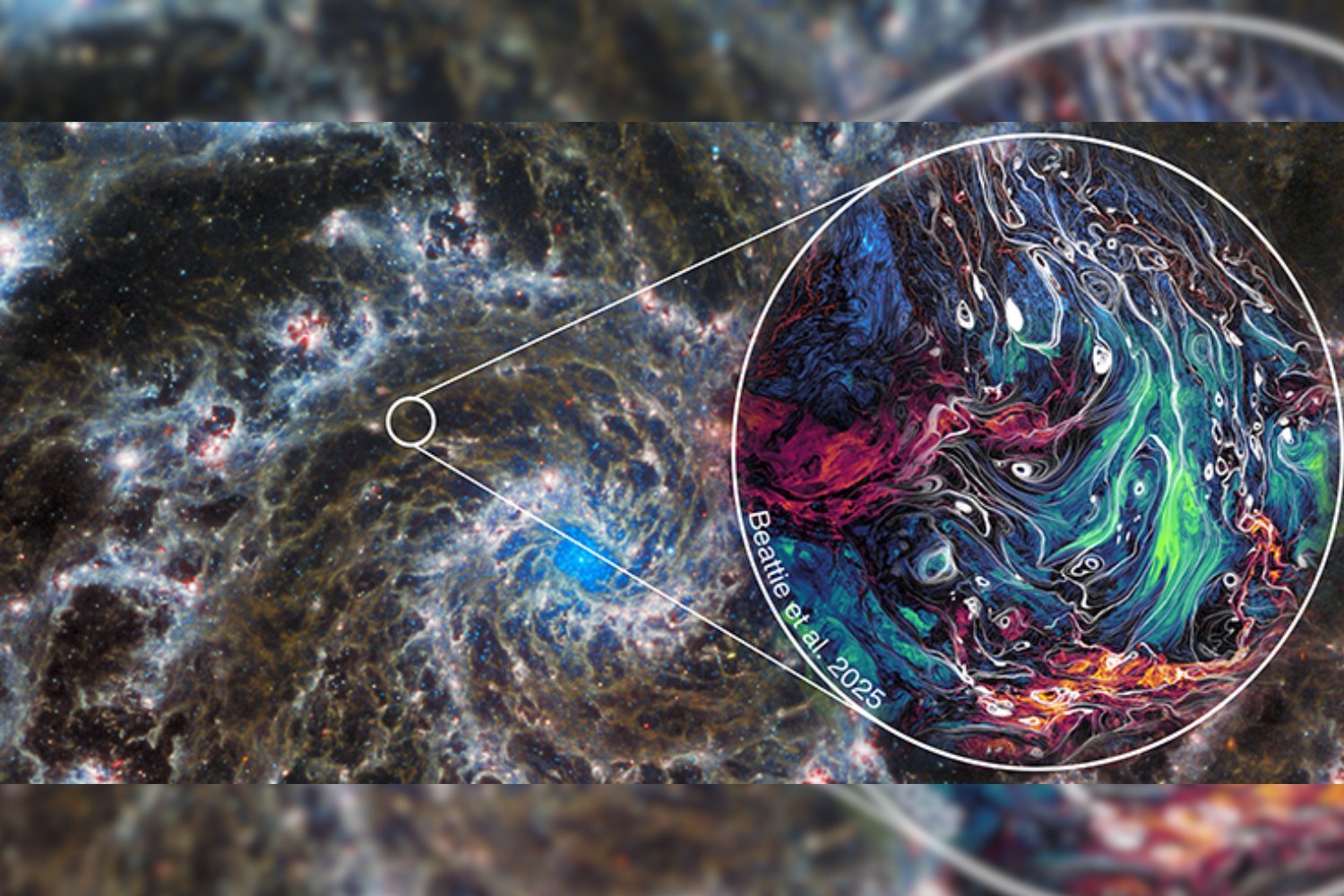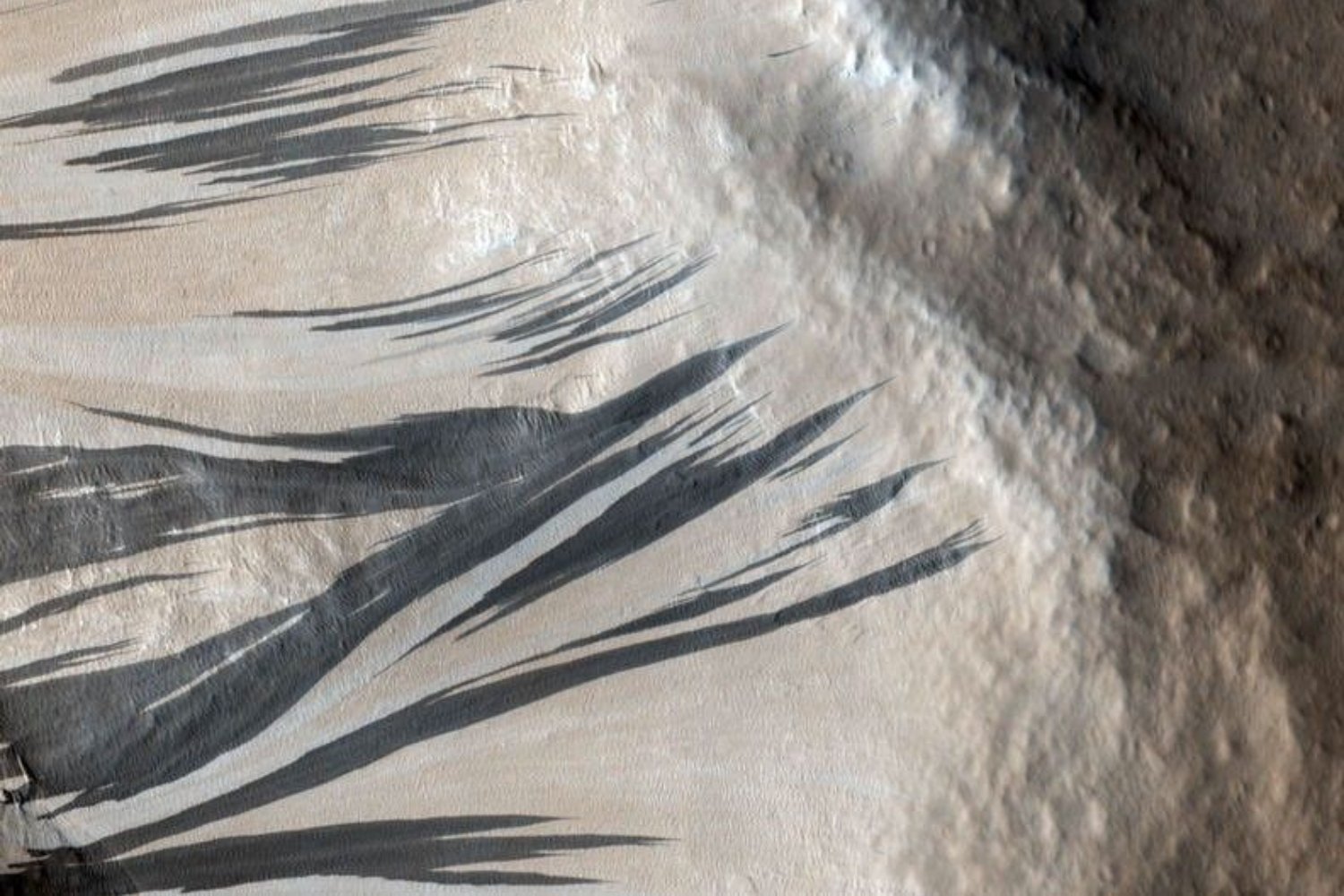A new, sizable icy body, 2017 OF201, has been identified in the cold, distant reaches of our solar system. This isn’t just any space rock; it’s a minor planet, and one of the largest of its kind found to date. Its vast orbit around the Sun dramatically overshadows Earth’s, offering a fresh glimpse into the solar system’s mysterious outer frontiers.
Unveiling 2017 OF201: A Significant Celestial Find
The International Astronomical Union’s Minor Planet Center officially added the distant object, dubbed 2017 OF201, to its catalog on May 21. Despite its “minor planet” classification, astronomers estimate its diameter to be between 290 and 510 miles (470 and 820 kilometers). This potentially places 2017 OF201 in a similar size category as Ceres, the largest object in the asteroid belt between Mars and Jupiter, which measures about 592 miles (952 km) across.
A team of astronomers, spearheaded by Sihao Cheng from the Institute for Advanced Study, initially identified 2017 OF201 in archival images. It is now formally recognized as a trans-Neptunian object (TNO). TNOs are celestial bodies that orbit the Sun at a greater average distance than Neptune, which itself is about 30 times farther from the Sun than Earth. A preprint detailing the discovery is hosted on the arXiv preprint server.
An Extreme Orbit Defining a Rare Object
Even among TNOs, 2017 OF201 stands out due to its extraordinary orbit. This minor planet travels as far as 838 astronomical units (AU) from the Sun. To put this into perspective, that’s nearly 30 times Neptune’s distance from the Sun. As reported by EarthSky, at its closest point, 2017 OF201 comes within 45 AU of the Sun.
 Illustration comparing new minor planet 2017 OF201 with other dwarf planets of the outer solar system.
Illustration comparing new minor planet 2017 OF201 with other dwarf planets of the outer solar system.
This remarkable orbital path earns 2017 OF201 the designation of an extreme trans-Neptunian object (ETNO). ETNOs are a fascinating subset of distant bodies whose unusual orbits fuel theories about mysterious gravitational forces operating in the far reaches of our solar system.
The Quest for Planet Nine and Distant Discoveries
The existence of ETNOs inevitably brings the conversation to Planet Nine, a hypothesized large planet thought to be responsible for the peculiar clustering of some objects in the Kuiper Belt. While other explanations for this phenomenon have been proposed—such as the gravitational pull of a massive debris ring or even a primordial black hole—the idea of an unobserved, distant planet continues to capture human imagination.
If Planet Nine exists, scientists theorize it would possess a mass slightly more than six times that of Earth and have an orbital period of approximately 7,400 years. While the newly cataloged 2017 OF201 is substantial, it doesn’t match the predicted size or characteristics of Planet Nine. Nevertheless, discoveries like this energize the astronomical community. Just last month, a different research team announced the finding of another slow-moving object beyond Neptune, initially considered a Planet Nine candidate, though its location didn’t align with predictions. Such recently reported objects expand the growing inventory of celestial bodies that could eventually help astronomers pinpoint the elusive Planet Nine or, at the very least, further unravel the complex dynamics of our solar neighborhood’s periphery.
Solar System Surprises Continue
While 2017 OF201 may not be the planetary heavyweight many astronomers are searching for, its discovery serves as a compelling reminder that our solar system is still brimming with surprises. The frigid, dimly lit suburbs of our cosmic home, in particular, continue to yield fascinating new worlds, encouraging further exploration and study.



